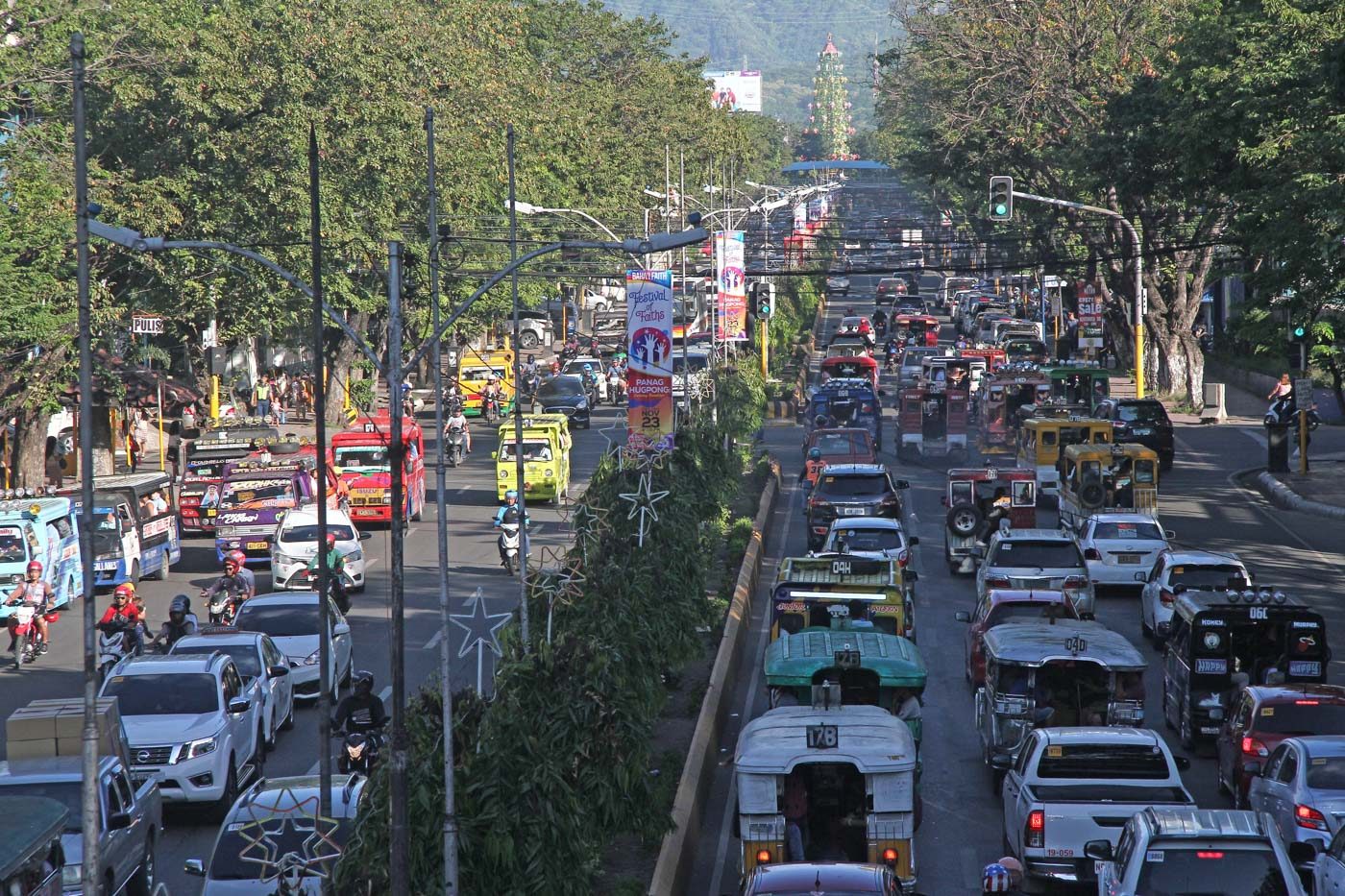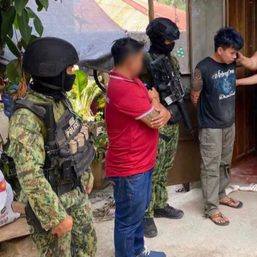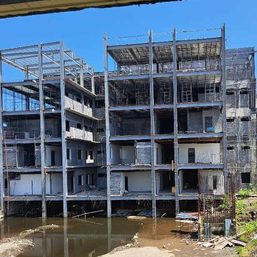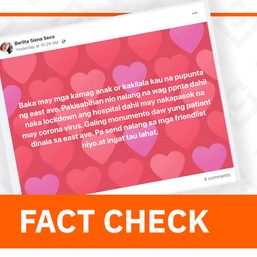SUMMARY
This is AI generated summarization, which may have errors. For context, always refer to the full article.

The COVID-19 task force earlier decided against putting Cebu City under enhance community quarantine (ECQ) – the strictest quarantine status – again for the month of March because COVID-19 beds are still widely available despite the spike in cases.
“There is no shortage in the health care capacity of Cebu City now,” Presidential Spokesperson Harry Roque explained a Malacañang press briefing in Cebu City.
As of Thursday afternoon, March 4, the city has a total of 3,214 active cases out of a total of 17,991 active cases.
The Malacañang official said that even though Cebu City had been topping the list of new COVID-19 cases for several weeks, its hospitalization utilization rate and attack rate remain manageable.
Roque explained during a press conference of the vaccine rollout in Cebu City that during the first surge, which occurred around June 2020, hospitals were quickly overwhelmed with the influx of moderate and severe COVID-19 patients.
“Iyong unang panahon kasi, noong July na nag-peak, ang problema dito sa Cebu, iyong mga pribadong hospital either ayaw tumanggap ng COVID cases or were not following the prescribed 15% na bed capacity reserved for COVID,” Roque said.
(The first time, it peaked around July, the problem here in Cebu is that the private hospitals did not want to accept COVID cases or were not following the prescribed 15% bed capacity reserved for COVID.)
“Cebu City and province were prepared this time around,” he added.
According to data published by OCTA research, the attack rate for Cebu City was at 20.94/100,000, with a positivity rate of 17% and a COVID-19 bed occupancy (or hospital utilization) rate of 48%.
The attack rate is how many individuals are infected per population, while the positivity rate is the number of people testing positive for a particular period. The hospital utilization rate is the total number of COVID-19 beds occupied in a particular locality.
Health officials consider an attack rate of 7 or above as alarming, while a positivity rate should be below 5% to be considered manageable, while a hospital utilization rate above 70% is considered the “danger zone.”
Some hospitals in Cebu City were reporting almost 100% bed occupancy of their COVID-19 beds during the 2020 surge.
The susceptibility of Cebu City to the spread of contagions, due to the density and high levels of economic activity, was the reason it was named one of 3 priority areas of the national government in rolling out its national vaccination program.
The first vaccines – about 7,200 of them – arrived on Tuesday, March 2, and were rolled out in Cebu City on Thursday afternoon, March 4.
The city and national government hope the vaccine rollout, combined with stricter and more targeted strategies against the spread of COVID-19, will help contain the ballooning numbers soon.
Roque said among the new strategies they plan to implement in the city include, “increased [biological] surveillance capacity, 3rd generation contact tracing for mutations of clinical significance, and increase in capacity of isolation facilities.”
The city’s emergency operations center (EOC), headed by city councilor Joel Garganera, said they noted a drop in cases in Cebu City over the past 3 days. The number still stands in the triple digits, however, with 159 new COVID-19 cases reported on Wednesday, March 3.
Garganera said the drop, as well as the increase in recoveries, were due to the city’s more targeted strategies.
“Our intervention was not confined to test, trace, isolate and treat,” the city councilor said. “But also the enforcement of our protocols by our PNP, other city agencies, and half of it, I must say, the cooperation of the public,” he added.
The EOC chief said he hopes the measures, if done simultaneously with the vaccination program, can bring the number of cases back to low levels.
“We really need everyone’s cooperation to sustain this until the rollout of our vaccination,” he said. – Rappler.com
Add a comment
How does this make you feel?










![[Vantage Point] Sara in 2028?](https://www.rappler.com/tachyon/2023/10/Vantage-Point-Sara-2028-October-14-2023.jpg?resize=257%2C257&crop=264px%2C0px%2C720px%2C720px)







There are no comments yet. Add your comment to start the conversation.